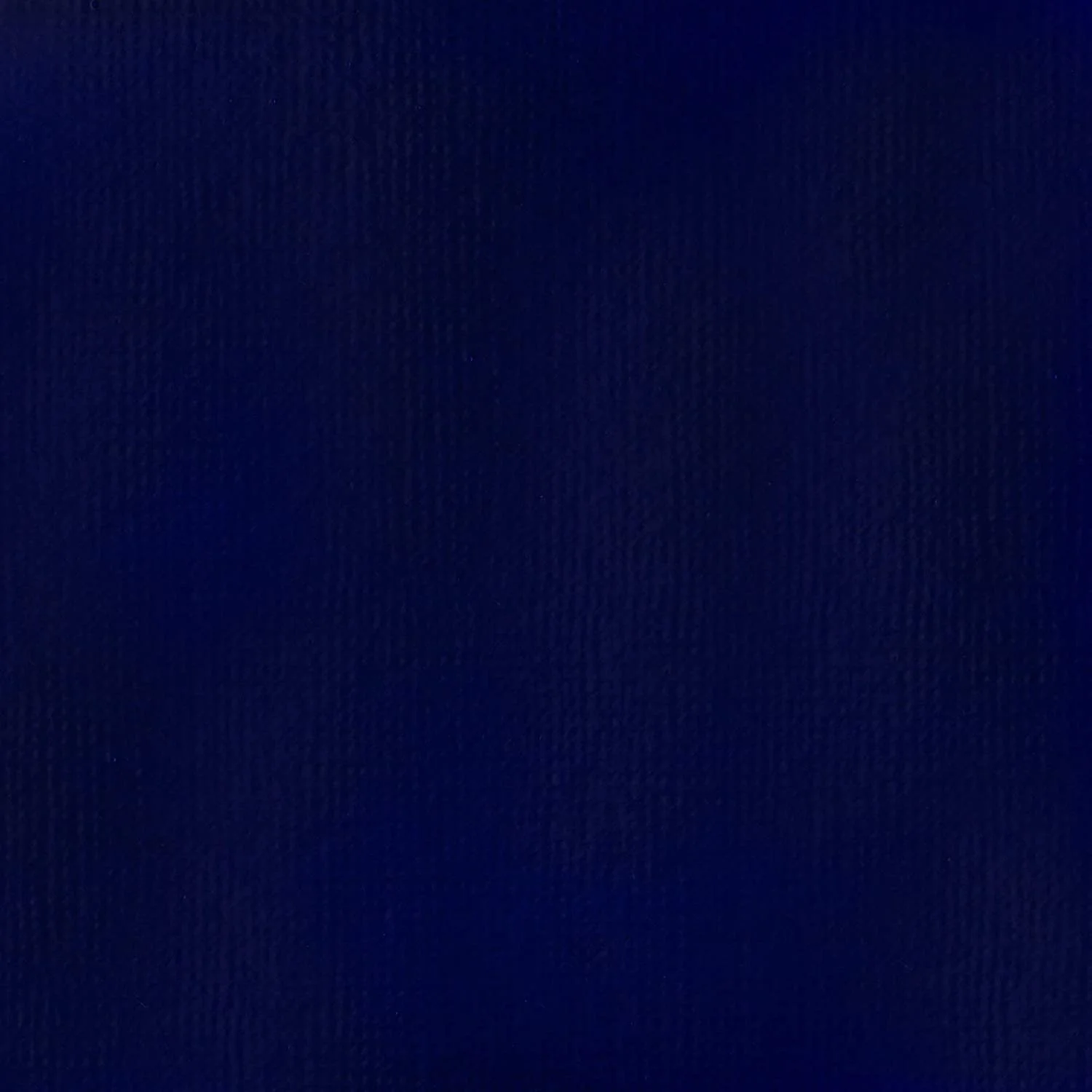Exploring the Shades of Blue Pigment in Acrylic Painting
The Beautiful Blues
Blue, a primary color and one of the most popular colors in art, has been an essential part of painters’ palettes for centuries. Its significance in acrylic painting is no exception. The versatility of blue allows artists to portray a wide range of emotions, from the calming serenity of the sky to the moody depths of the ocean. In this post, we’ll dive into the properties of various blue pigments commonly used in acrylic painting and how they can be utilized to create stunning artwork.
Understanding Blue Pigments
There are several types of blue pigments available for acrylic painting, each with its unique characteristics. Some of the most popular blue pigments include:
Cerulean Blue: Known for its soft, sky-like hue, cerulean blue is a bright, opaque pigment with moderate tinting strength. It has excellent lightfastness, ensuring that it maintains its vibrancy over time. Cerulean blue mixes well with other colors and is perfect for creating tranquil landscapes or capturing the essence of a clear sky
Cobalt Blue: Cobalt blue is a deep, rich pigment with excellent tinting strength and lightfastness. It is often used to give artwork a feeling of grandeur and depth and mixes well with other colors when creating landscapes or abstracts. It can be used to create intense blues that still maintain their vibrancy over time. With its deep color, cobalt blue gives artwork the feeling of being out amongst nature, or of exploring the depths of something profound.
Ultramarine Blue: A deeper, more intense blue, ultramarine has a rich history dating back to ancient times. It is a transparent pigment with strong tinting strength and excellent lightfastness. Ultramarine blue leans towards the violet side of the spectrum, making it ideal for creating shadows or adding depth to a painting.
Phthalo Blue: This modern, synthetic pigment is known for its intense, deep color and high tinting strength. Phthalo blue is transparent and has excellent lightfastness. It leans towards the green side of the spectrum and is well-suited for capturing the vibrancy of tropical waters or lush foliage.
Mixing and Creating New Shades
Each of these pigments can be combined with other colors to create a wide range of shades and effects. For example, mixing cerulean blue with a touch of yellow can create vibrant greens, while combining ultramarine blue with a bit of red will result in beautiful purples. Experimenting with different ratios of pigments and mixing them with white or other colors can produce an endless array of hues for your artwork.
Recommendations for Artists
When selecting which blues to use, consider the subject matter and desired mood of your painting. For serene, calming scenes, opt for cerulean blue. If you’re aiming for depth and intensity, ultramarine blue may be a better choice. For vivid, eye-catching colors, phthalo blue is the way to go.
In terms of paint brands, some popular options include Golden, Liquitex, and Arteza. These brands offer high-quality pigments with excellent lightfastness and consistency.
By understanding the properties and uses of various blue pigments in acrylic painting, you can create stunning works of art that evoke emotion and depth. Experiment with different shades and mixtures to discover the endless possibilities that lie within the beautiful blues.
What is your favorite Shade of blue?
Happy painting!
**links are affiliate links, Paint with Lovejoy receives a small commission if you make a purchase




